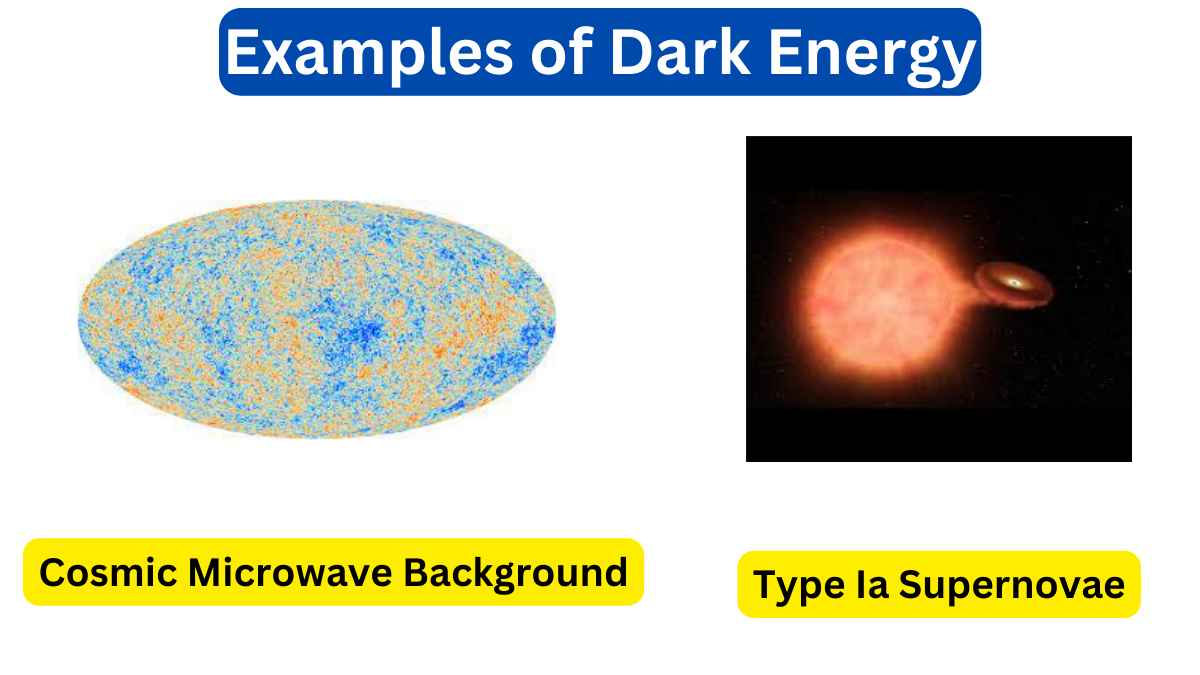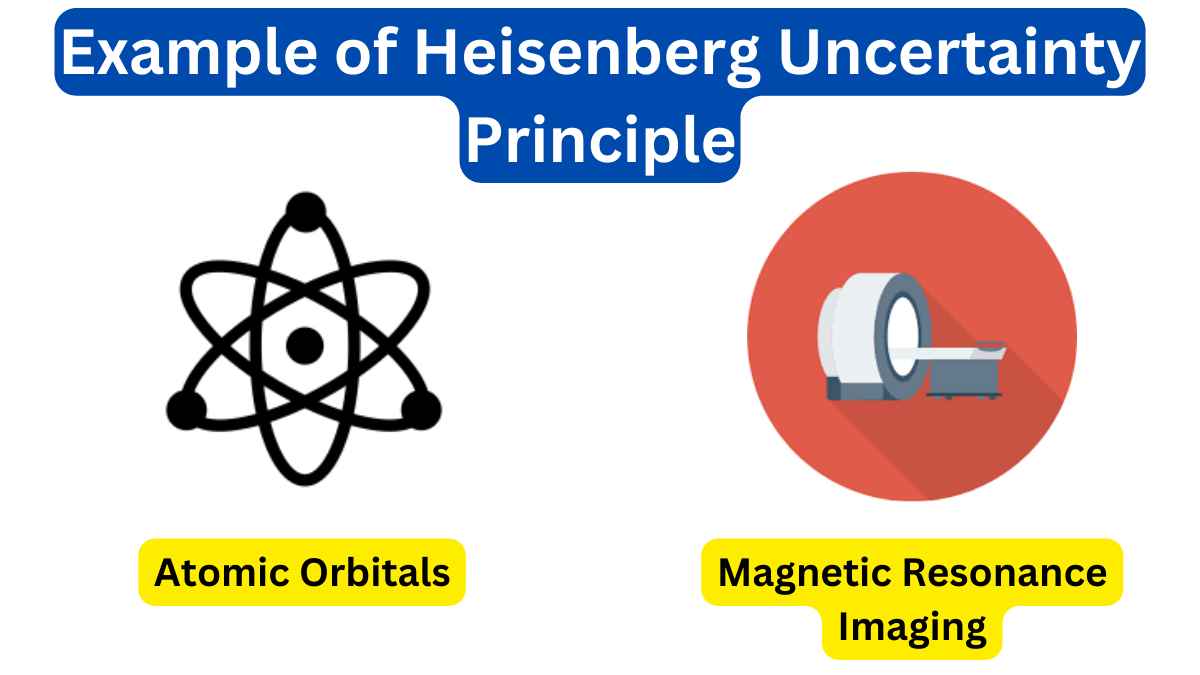10 Example of Schrodinger Equation
The Schrödinger equation is a fundamental equation in quantum mechanics that describes how the wavefunction of a physical system evolves over time. Examples of the Schrodinger equation include hydrogen atoms and quantum Tunneling
Example of Schrodinger Equation
Here are ten examples and applications of the Schrödinger equation.

1. Hydrogen Atom
The Schrödinger equation is used to describe the behavior of electrons in the hydrogen atom. It provides solutions for the allowed energy levels (quantization of energy) and the corresponding wavefunctions (orbitals) of electrons in the atom.
2. Quantum Harmonic Oscillator
The Schrödinger equation is applied to the quantum harmonic oscillator, a simple yet important model in quantum mechanics. It describes the energy levels and wavefunctions of a particle in a harmonic potential well, such as a vibrating diatomic molecule.
3. Particle in a Box
In the “particle in a box” model, the Schrödinger equation is used to find the energy levels and wavefunctions of a particle confined within an infinite potential well. This model helps explain quantum confinement effects in nanoscale materials.
4. Quantum Mechanics of Electrons in Crystals
In solid-state physics, the Schrödinger equation is employed to study the behavior of electrons in crystals. It helps determine electronic band structures, energy levels, and electronic properties of materials.
5. Quantum Tunneling
The Schrödinger equation is used to describe quantum tunneling phenomena, where particles can penetrate energy barriers that classical physics would deem impassable. It is relevant in various applications, such as semiconductor devices and nuclear fusion reactions.
6. Quantum Chemistry
Quantum chemistry relies heavily on the Schrödinger equation to calculate the electronic structure and properties of molecules and chemical reactions. It helps predict bond energies, molecular geometries, and spectroscopic properties.
7. Time-Dependent Schrödinger Equation in Quantum Mechanics
The time-dependent Schrödinger equation describes how the wavefunction of a quantum system evolves with time. It is crucial for understanding the dynamics of particles in quantum systems and for predicting their behavior over time.
8. Quantum Well Lasers
In semiconductor physics and laser technology, the Schrödinger equation is used to analyze quantum well structures in laser diodes. This helps design lasers with specific emission wavelengths and performance characteristics.
9. Quantum Mechanics of Atomic and Molecular Collisions
The Schrödinger equation is applied to describe and predict the outcomes of atomic and molecular collisions. It plays a role in understanding reaction rates, energy transfer, and scattering processes.
10. Quantum Mechanics of Spin
In addition to describing the spatial behavior of particles, the Schrödinger equation can be extended to incorporate particle spin. This is essential for understanding the behavior of particles like electrons in magnetic fields and in the context of quantum spintronics.
These examples highlight the versatility and significance of the Schrödinger equation in various areas of physics and chemistry, providing a fundamental framework for understanding the quantum behavior of particles and systems.

 written by
written by 





Leave a Reply